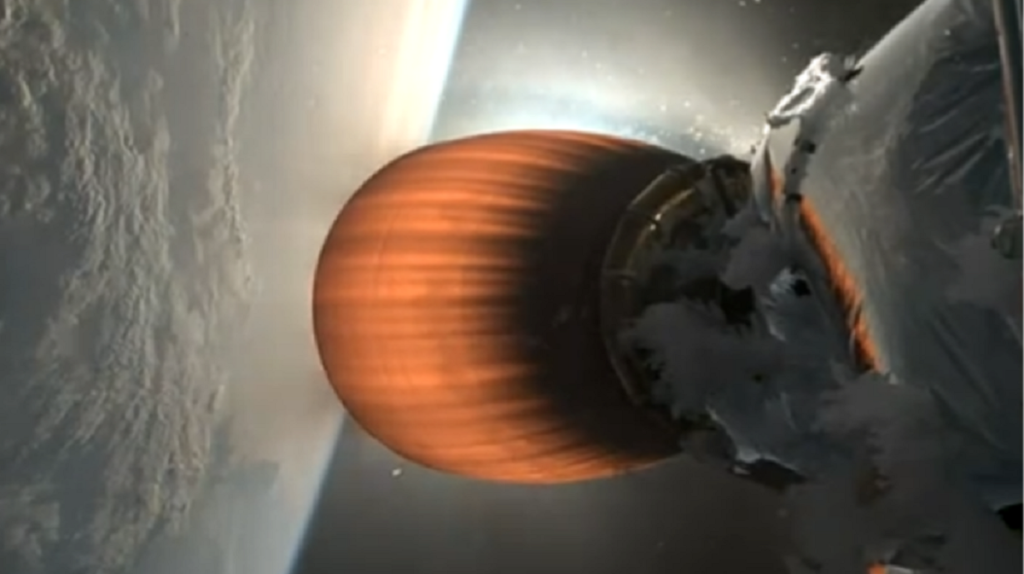SpaceX announced on July 12 that it would be unable to recover 20 Starlink satellites left in very low orbit following a malfunction of the Falcon 9 upper stage during a launch on July 11. The company revealed that the satellites were unable to raise their orbits due to their electric propulsion systems being unable to counteract the high atmospheric drag in their current low orbits.
Engine Anomaly and Its Consequences
The upper stage engine of the Falcon 9 experienced an anomaly and failed to complete its second burn, which would have circularized the orbit of the stage before satellite deployment. As a result, the satellites were left in an orbit with a perigee of just 135 kilometers, placing them in an environment with high atmospheric drag. SpaceX noted that the maximum available thrust from the satellites’ propulsion systems is unlikely to be sufficient to raise their orbits, leading to their eventual re-entry and disintegration in Earth’s atmosphere.
Attempts to Salvage the Mission
Elon Musk, SpaceX Chief Executive, mentioned that satellite controllers were attempting to fire the spacecraft’s electric thrusters at maximum levels to combat atmospheric drag. He admitted, however, that success was unlikely. The company assured that the satellites posed no threat to other orbiting satellites or public safety due to their low orbits and design intended for complete disintegration upon reentry.
Launch Failure Investigation and Implications
SpaceX’s statement provided limited details on the anomaly. The company noted a liquid oxygen leak on the second stage during the first burn, which explained the unusual ice buildup on parts of the engine. Despite the anomaly, the stage survived and deployed the satellites, and was able to “passivate itself,” a standard procedure to remove energy sources from propellant tanks and batteries.
Investigation and Regulatory Oversight
The Federal Aviation Administration (FAA) announced it would require an investigation into the anomaly, involving every step of the process and necessitating FAA approval of SpaceX’s final report and any corrective actions. The launch failure has grounded the Falcon 9 rocket indefinitely while the investigation is underway.
Impact on Future Missions
The incident affects a range of customers, including SpaceX’s own Starlink satellites and NASA. Near-term missions facing delays include the Arctic Satellite Broadband Mission and the Transporter-11 rideshare mission, both scheduled for launch in July. The private astronaut mission Polaris Dawn, set for July 31, is also on hold.
Broader Industry Impacts
Industry officials expressed concerns about the potential long-term grounding of the Falcon 9. The best-case scenario involves quickly identifying and addressing the problem, allowing Starlink launches to resume within weeks. However, a prolonged grounding could lead to significant delays for many customers, with few alternative launch options available.
NASA’s Perspective
NASA, a major SpaceX customer, has several missions dependent on the Falcon 9, including the Crew-9 Crew Dragon launch and the Europa Clipper mission. The agency emphasized the importance of crew safety and mission assurance and stated that it is working closely with SpaceX on the investigation.
Looking Forward
Jared Isaacman, backing the Polaris Dawn mission, expressed confidence in SpaceX‘s ability to resolve the issue and ensure the reliability of its launch vehicles. The industry awaits the outcome of the investigation to understand the full impact on upcoming missions and the broader space launch schedule.

